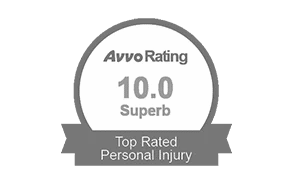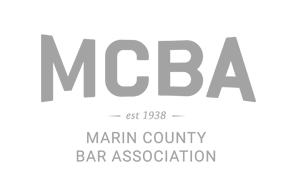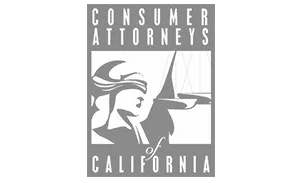Hoverboards have become one of the most popular methods of transport for kids and young adults. These devices, also known as two-wheeled or self-balancing boards, offer a convenient blend of speed, size, and aesthetics, making them particularly appealing compared to alternatives like electric bikes or scooters. However, hoverboards pose certain dangers that other devices don’t: if their batteries or electrical systems fail, there is no way to manually override the problem.
That’s why manufacturer DGL Group recalled one of its most popular models, the Hover-1 Superfly, last year for electrical problems. The boards were found to have a software issue that caused the motor to continue operating even when the rider was trying to stop. Unlike scooters or bikes, these boards have no hand brakes or other mechanical means of slowing down. The only way to stop the devices was to jump off, grab the board, and flip the physical switch on the bottom. As such, riders were at significant risk of falls and injuries.
Recalled boards are all too common. Even hoverboards that function as intended can put riders and other pedestrians at risk of serious accidents. Whether you own a hoverboard or have been injured in an accident involving one, you should understand the risks and liabilities they pose.
Risks of Hoverboard Accidents
Several years ago, hoverboards and electric scooters routinely made the news for problems like overheating batteries that caused fires or even explosions. These issues have largely been resolved through recalls and better quality control, but are hoverboards safe now? Not necessarily. Self-balancing boards still carry several inherent risks, including:
- Electrical problems: Minor glitches like the Hover-1 Superfly error can cause serious problems. For example, if a rider tries to stop before crossing the street and the device keeps moving forward, they are at risk of a car accident.
- Construction defects: Poor construction can lead to mechanical problems like wheels failing, bearings that stop working, or motors that abruptly start or stop. These issues can easily cause a rider to fall if they aren’t expecting them.
- Lack of safety features: Even the most well-constructed hoverboard still lacks fundamental safety measures that come with other electric transport devices, like manual brakes.
What injuries can you get from hoverboard accidents? The specifics vary depending on the type of accident, but the most common issues include:
- Broken bones caused by falls and car accidents
- Concussions and traumatic brain injuries (TBIs) caused by falls or impacts with other structures
- Sprains, strains, and tendon injuries from falls, car accidents, or impacts
- Burns from overheating batteries
Children and Hoverboard Crashes
According to the American Academy of Pediatrics, more than 26,000 children visited emergency rooms due to hoverboard accidents between 2015 and 2016. This number has likely only increased as the devices become more popular. Parents should inspect their kids’ boards regularly and closely monitor any recalls to ensure they aren’t riding a defective, dangerous device.
Determining Liability for Hoverboard Accidents
If you or your child has already been harmed in a self-propelled board accident, you are not alone. These accidents are common and frequently not your fault. If you have taken appropriate precautions, like wearing safety gear and riding in approved locations, another party may be at fault or liable for your injuries. Depending on the facts of the incident, liability may rest with:
- The manufacturer: The company that makes a device with a design defect or manufacturing flaw is often liable for the injuries the problem causes.
- The retailer: If a retailer removes important safety instructions or damages a device, it may be liable for injuries that result.
- Another road user: If a hoverboard rider is hit by a car, forced off the road, or otherwise gets hurt because of the actions of a driver, the driver is likely liable for their injuries.
- The organization responsible for maintaining roads: In some cases, poorly maintained roads or infrastructure may cause an accident, and the party responsible for maintaining the streets could be liable for injuries.
Talk to an Expert Hoverboard Injury Lawyer
If you have any questions about your hoverboard injuries and liability, the expert personal injury lawyers at The Wakeford Law Firm can help. Our knowledgeable lawyers understand the nuances of hoverboard and other device injury cases, and we can help you determine the best path forward for your claim. Learn more by scheduling your consultation with our San Francisco law firm today.
How useful was this post?
Click on a star to rate it!
Average rating 0 / 5. Vote count: 0
No votes so far! Be the first to rate this post.







